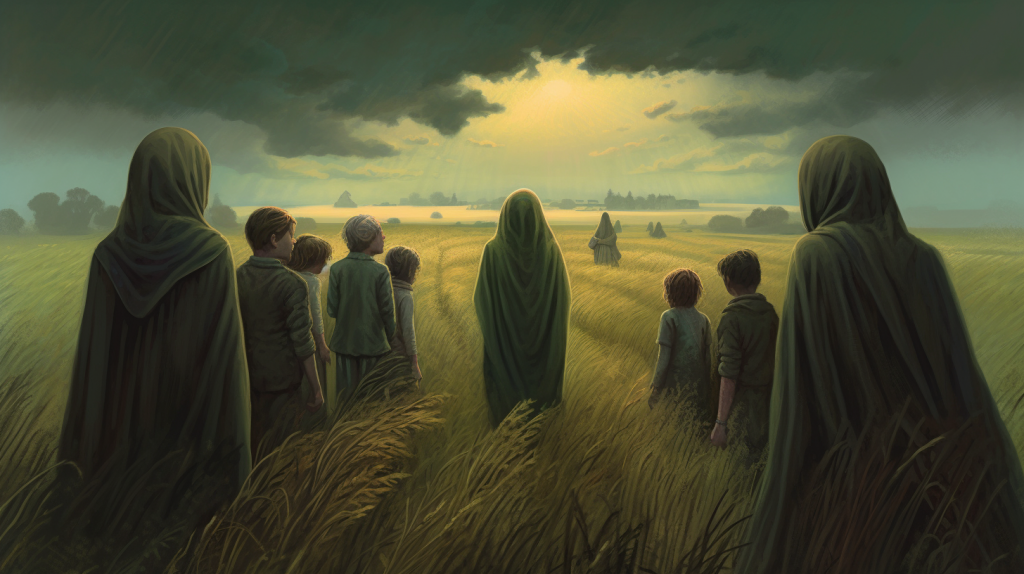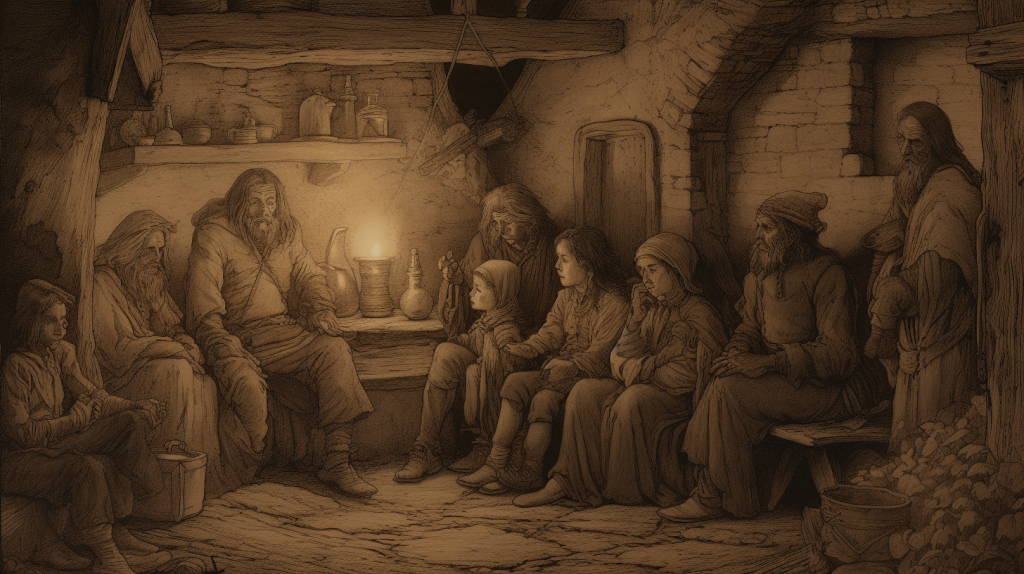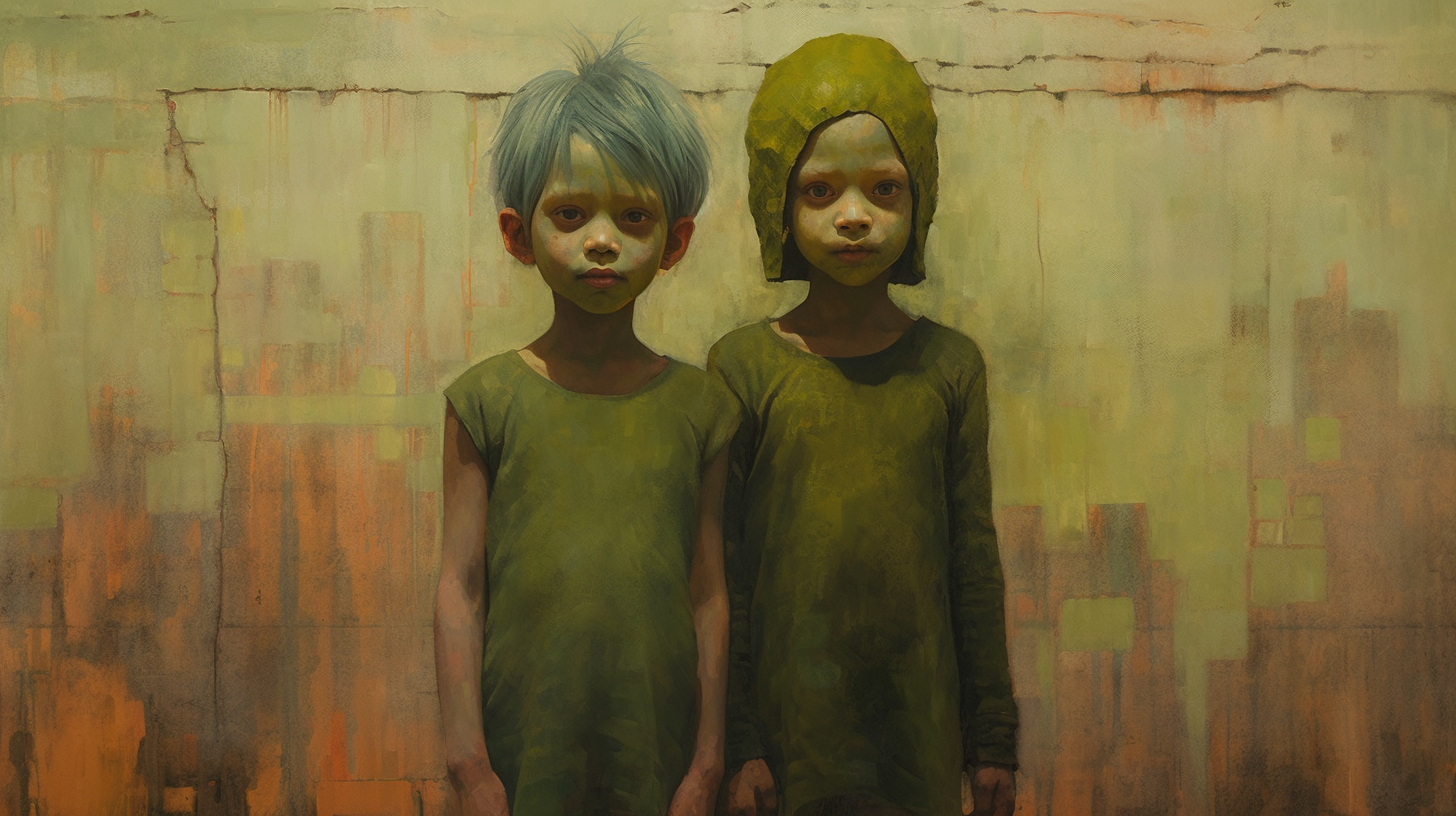The Green Children of Woolpit is an enduring and perplexing medieval mystery. This tale of two children with green-tinged skin who appeared in 12th-century England has fascinated historians and folklorists for centuries. Let’s delve into the story, the theories behind their appearance, and the enduring legacy of this curious incident.

The story of the Green Children of Woolpit dates back to the 12th century, during the reign of King Stephen of England. According to historical accounts by Ralph of Coggeshall and William of Newburgh, two young children, a brother and sister, were discovered near the village of Woolpit in Suffolk, England. The children had green-tinged skin, wore strange clothing, and spoke an unknown language.
The villagers, perplexed by the appearance of the children, took them in and attempted to care for them. Initially, the children refused to eat any food, but eventually, they began to consume beans from the fields, which seemed to be the only thing they would eat. Over time, their green skin color faded, and they learned to speak English. Tragically, the young boy became ill and died, but his sister thrived and integrated into the local community.
As the girl grew up, she shared the story of their origins. She claimed that they came from a land called St. Martin’s Land, where the sun never shone, and everything was green. The siblings had been tending to their father’s cattle when they heard a loud noise and found themselves in the unfamiliar surroundings of Woolpit.

Numerous theories have been proposed to explain the curious incident of the Green Children of Woolpit. Some suggest that the children were victims of a medical condition called chlorosis, which can cause greenish skin due to anemia. Others believe the story to be a folk tale, an allegory for cultural assimilation, or a distorted account of historical events.
One theory proposes that the Green Children were actually Flemish immigrants who had become orphaned and lost. Their green-tinged skin could have been a result of malnutrition, and their unfamiliar clothing and language could be attributed to their foreign origins. This theory is supported by the fact that there was a significant Flemish population in eastern England during the 12th century.
Regardless of the true nature of the Green Children of Woolpit, their story has captivated the imagination of people for centuries. The tale has been reinterpreted and retold in various forms, including books, plays, and songs. The enigmatic account of these strange children continues to inspire curiosity and wonder, reminding us of the enduring power of folklore and the fascinating mysteries that lurk within our shared history.




